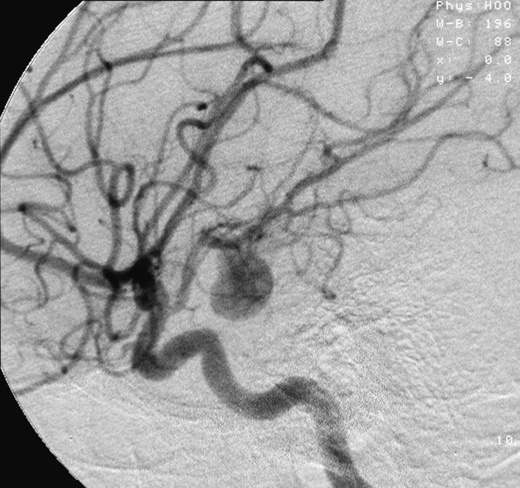Developmental aneurysm, also known as congenital aneurysm, is a medical condition characterized by the presence of weakened blood vessels in the body from birth. These weakened areas can balloon outwards, forming an aneurysm. Understanding this condition, its types, symptoms, causes, and treatment options is crucial for early detection and effective management.
Definition:
Developmental aneurysm refers to the abnormal dilation or bulging of blood vessels that are present from birth due to congenital defects in the vessel walls.
Types:
There are several types of developmental aneurysms, including cerebral aneurysms, aortic aneurysms, and peripheral artery aneurysms. Cerebral aneurysms occur in the brain's blood vessels and can be classified based on their shape, size, and location. Aortic aneurysms affect the aorta, the main artery carrying blood from the heart to the rest of the body. Peripheral artery aneurysms involve blood vessels outside the brain and aorta, such as those in the limbs or abdomen.
Signs and Symptoms:
The signs and symptoms of developmental aneurysms vary depending on their location and size. Common symptoms may include severe headaches, vision problems, numbness or weakness in the face or limbs, difficulty speaking, dizziness, and a pulsating lump in the affected area. In severe cases, an aneurysm rupture can lead to life-threatening complications such as hemorrhage or stroke.
Causes or Causative Agents:
The exact cause of developmental aneurysms is not fully understood. However, genetic factors, certain medical conditions such as connective tissue disorders, and environmental factors such as smoking or high blood pressure may contribute to their development. Additionally, trauma or injury to blood vessels during fetal development can also increase the risk of congenital defects leading to aneurysms.
Prevention:
Preventing developmental aneurysms largely involves managing risk factors. This includes adopting a healthy lifestyle, such as quitting smoking, maintaining a balanced diet, exercising regularly, and managing conditions like hypertension or high cholesterol. Genetic counseling may also be beneficial for individuals with a family history of aneurysms or genetic disorders associated with vascular abnormalities.
Control:
Regular health check-ups and screenings can aid in the early detection and monitoring of aneurysms, allowing for timely intervention if needed. Controlling underlying health conditions and following medical advice can help mitigate the risk of aneurysm progression or rupture.
Treatment:
Treatment options for developmental aneurysms depend on various factors, including the aneurysm's size, location, and risk of rupture. Medications may be prescribed to manage symptoms or lower the risk of complications, such as blood pressure medications to reduce the strain on blood vessels. In some cases, surgical intervention may be necessary to repair or reinforce the weakened blood vessel. Procedures like endovascular coiling or surgical clipping can be performed to prevent aneurysm rupture and reduce the risk of complications.
Developmental aneurysm is a complex medical condition that requires careful management and intervention to prevent serious complications. By understanding its causes, symptoms, and treatment options, individuals can take proactive steps to protect their vascular health and improve their overall well-being. Early detection and appropriate medical care are essential for effectively managing developmental aneurysms and reducing the risk of life-threatening complications.

